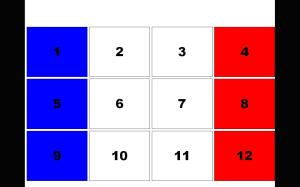This all started because I was compiling some simple classroom activities from my own archives for a project for work. Then I realised that it would be even better if I crowd-sourced some ideas and as ever, the #mfltwitterati were magnificent in sharing.
The main aim was to collect those basic, no props required, vocabulary drilling activities. In collecting them, other simple ideas snuck in, but I decided that was absolutely fine – who’s going to complain!
I’ve separated them into four different categories to make it a little bit more manageable. There will be errors, I’m sure, and you’ll have your own versions. In fact, @langwitch has a Lingo Bingo all of her own and she has explained it far better than I can, so hop over to her blog and have a look yourself.
Then there’s always the issue of what to call these activities – I call it one thing in German, another in French, and that’s without regional variations!
But call them what ever you like, you’re more than welcome to them!
No props required list
Board activities list
Little prep required list


